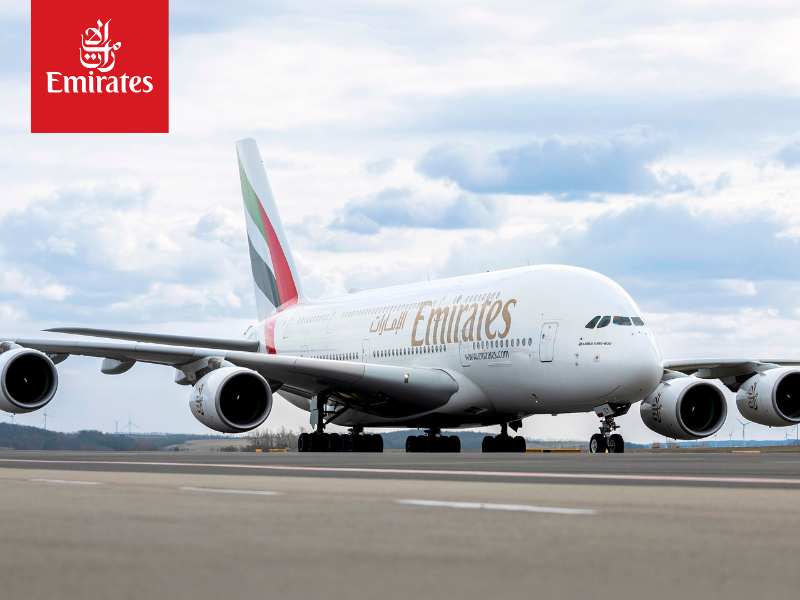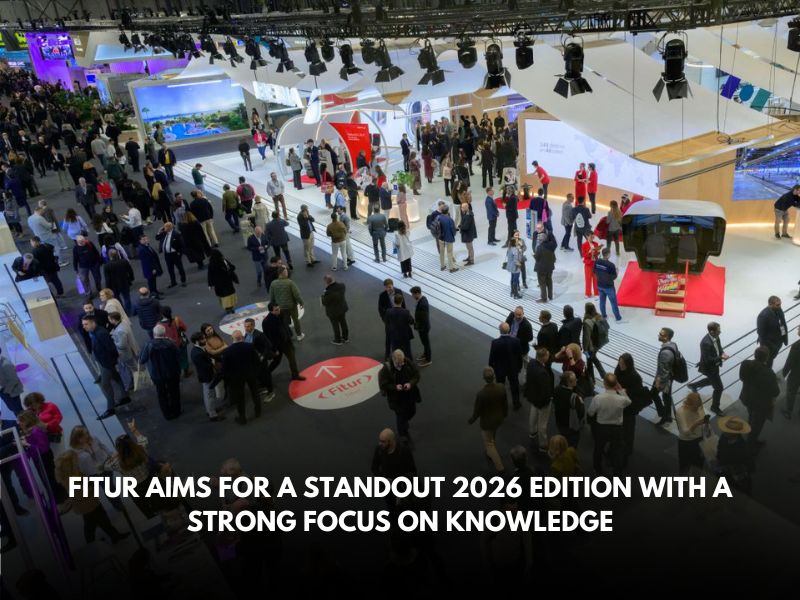- Only airline to be recognised with Gold Tier status for 2024 among all participating carriers in the JFK Fly Quiet Programme, securing top score of 92.9 – significantly outperforming other carriers
- Every aircraft in the airline’s fleet meets ICAO Chapter 4 or Chapter 14 noise standards, reflecting ongoing investment in modern, quieter, and more fuel-efficient aircraft technologies
- Airline’s comprehensive noise reduction strategy rooted in procedural rigour, innovative technology, and stakeholder collaboration to exceed regulatory expectations, making skies quieter
Emirates has been awarded the prestigious Gold Tier recognition in New York JFK Airport’s 2024 Fly Quiet Programme, the only airline to achieve this distinction. Emirates’ score of 92.9[1] significantly outpaced other carriers flying into the airport and taking part in the programme.
The Fly Quiet Programme, developed by the Port Authority of New York and New Jersey, is a voluntary initiative that encourages airlines to minimise their noise signature through utilising quieter aircraft as well as embracing noise abatement procedures and preferential runway usage.
This Gold Tier recognition reflects the airline’s commitment to noise reduction at one of the world’s busiest and most operationally complex airports. Since the programme’s inception, Emirates has collaborated closely with the Port Authority, with the airline’s Flight Operations team making sustained efforts to exceed all the programme’s requirements. The latest accolade at one of the world’s busiest international hubs follows a series of industry recognitions in noise management over the years, including Silver Tier status at Newark (EWR) and the Chairperson’s Award at San Francisco’s (SFO) Fly Quiet programmes.
Emirates’ fleet noise levels register a notable cumulative margin which is better than 12 EPNdB over ICAO Chapter 4 requirements[2]. The airline’s all wide-body fleet and high-capacity operations efficiently transport passengers, while achieving optimised noise output by delivering an average of 1.75 million passenger-kilometres per sector, which involves one arrival and one departure noise event[3]. Simply put, this means fuller aircraft flying non-stop over longer distances, all while optimising noise output.
Operational efficiency through high-capacity long-range aircraft helps deliver significant overall noise efficiency. Consider a route serving 500 daily passengers, which a single Emirates Airbus A380 wide-body aircraft completes with one arrival and one departure noise event. Operations on the same routing using smaller aircraft, which have different noise characteristics in comparison to Emirates aircraft, may require up to three flights in each direction as well as a tech-stop, generating a total of six arrival and six departure noise events for the same operation. The nature of the airline’s network and high-capacity operations driven by a fleet of wide-body aircraft is how Emirates’ operational model optimises noise output while maintaining vital connectivity for communities.
Air connectivity delivers community benefits that extend far beyond airport boundaries, linking families and friends across continents, generating substantial economic activity in local communities, creating employment opportunities, and facilitating international trade and tourism to drive prosperity.
A commitment to quieter skies
Aircraft noise abatement is vital for protecting the health and quality of life of airport-adjacent communities. The airline’s commitment to minimising its noise impact reflects its support for local communities in the destinations it serves, recognising that even small decisions in flight operations can lead to meaningful noise reduction on the ground.
[1] Programme methodology can be found here: https://aircraftnoise.panynj.gov/fly-quiet-program/
[2] ICAO noise standards are detailed in Annex 16 to the Convention on International Civil Aviation.
[3] A noise event is a single aircraft operation (take-off, landing, or overflight) measured at airports to track community exposure and regulatory compliance.



